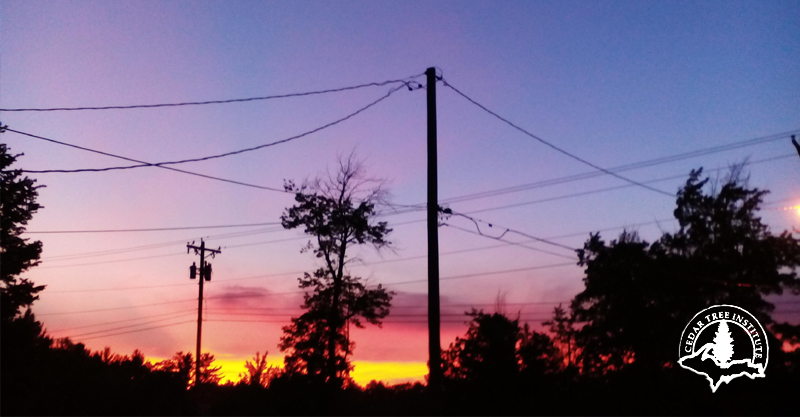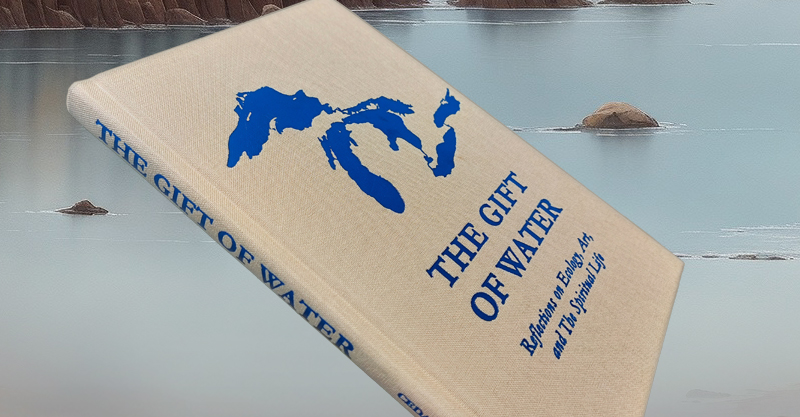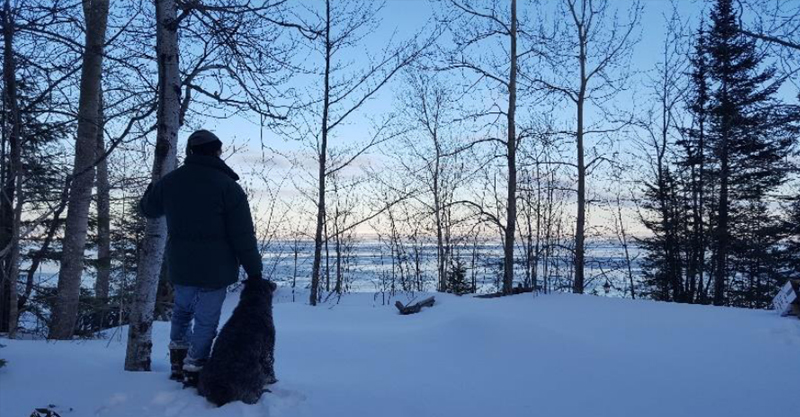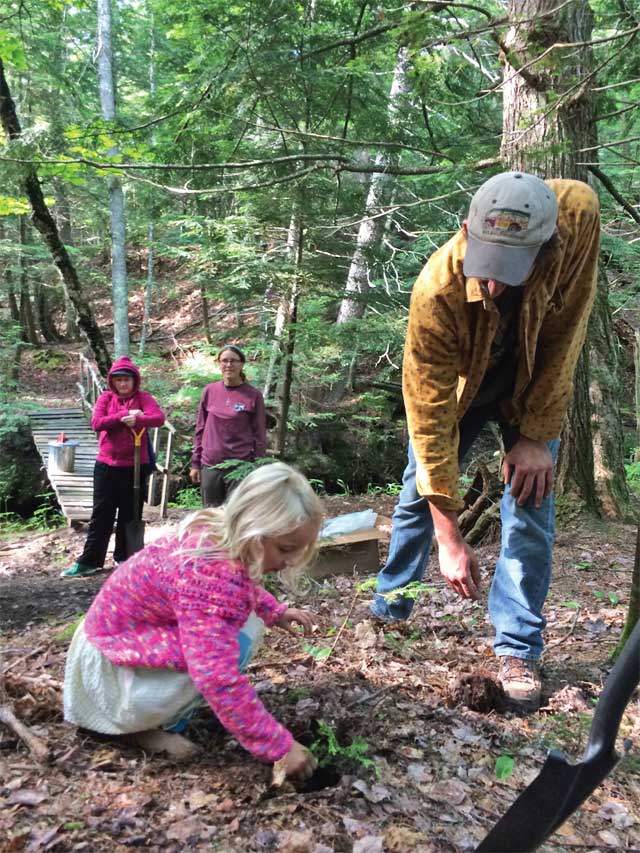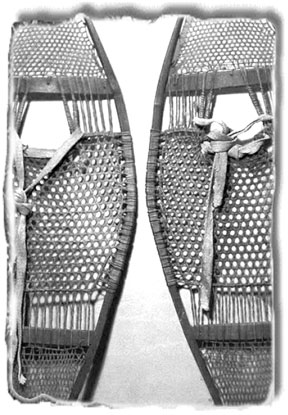Dreaming a New Peninsula
from Mining Journal July 1, 2016
By Jon Magnuson
It’s tourist season. Thousands of visitors are traveling over the Mackinac Bridge and across the Wisconsin border to enjoy the natural resources that shape life here in Northern Michigan. We welcome you. If vigilant, you may spot a Sandhill Crane along the highway, an eagle overhead, a moose calf sauntering along a back county road. What you won’t be necessarily aware of is the fierce battle going on to honor, protect, and restore our forests, streams, and wildlife.
Most probably, none of you will hear about the hundreds of thousands of tons of ore tailings that now, long after our once thriving mines have closed, are leaking toxic wastes into Keweenaw Bay. You will, most likely, not be aware of fish advisories warning citizens about consumption of contaminated fish from our streams and lakes, nor will you know that over a third of Northern white cedar, the sacred tree of the Ojibway, have disappeared from our forests over the last 75 years.
Not long ago, I sat in a crowded room in the village of Stephenson where a standing- room-only crowd gathered to talk about a proposed Canadian owned mining company that plans to construct a new sulfide mine next to the Menominee River. I listened to landowners, church leaders, poets, sports fishermen, local officials and property owners voice their concerns. In the back row on a folding chair, quietly, sat the tribal leader of the Menominee Indian Nation.
Opponents of this type of mining for nickel, zinc and gold frequently use “sulfide” to describe such mines rather than the industry’s “nickel mine” preference. For good reason. Estimated tons of precious metals to be extracted by the proposed Aquila Resources mine totals 16 million. The contaminated, sulfide acid-producing waste rock left behind will be 54 million tons. Experts agree that streams and water aquifers near the project will need to be monitored, in regard to possible heavy metal toxic contamination, for the next 500 years.
Mine proponents use an argument that “mining brings jobs.” Of course it does. But so do other kinds of business ventures.
What we know is that short-term profits are the key concern for the mining industry. Such industries, unapologetically, are based on “boom and bust” economies. We know where that goes. History reveals to us a legacy of ravaged landscapes and ghost towns across North America with boarded up churches, storefronts and empty village squares.
Is there another alternative? Unequivocally. Yes.
There’s a dream waiting to be born. It could lift up Michigan’s Upper Peninsula as an intentional network of small towns and villages, known around the world for its art and music festivals, for environmental research stations, for economic and social safety nets supported by faith communities. For local, creative, small businesses, for innovative educational programs and rural think tanks. We could become known as a healing place, a rehabilitation center for body and soul. We could pass ordinances that make roadside parks and shorelines absolutely litter free. We could continue to be one of the last places in North America where you can find a wolf in a natural environment, a black bear roaming a forested ridge. We could pride ourselves on positive partnerships with the federally recognized American Indian tribes in our region, become internationally known for our hospitality and modest lifestyles.
T.S. Eliot, an English writer, in one of his famous poems left us with an image of thousands of his country’s citizens walking off the end of the London bridge because, focused on their feet, they never looked up.
It was a warning that short-term profits, medically, economically, emotionally and spiritually, lead inevitably to disaster. There’s another way: What Oscar Romero, the El Salvadoran Roman Catholic Bishop who stood with the poor and was assassinated in 1980, once called the “long, slow, quiet work” of which we may never see the ending. He was talking about building the first steps of a new dream for those who come after us.
The UP Environmental Coalition, the Menominee River Front 40, Save the Wild UP, Friends of the Land of the Keweenaw, and the Yellow Dog Watershed Preserve are just a few examples of nonprofit organizations trying to make that happen. They need our help. To them we take a bow.


